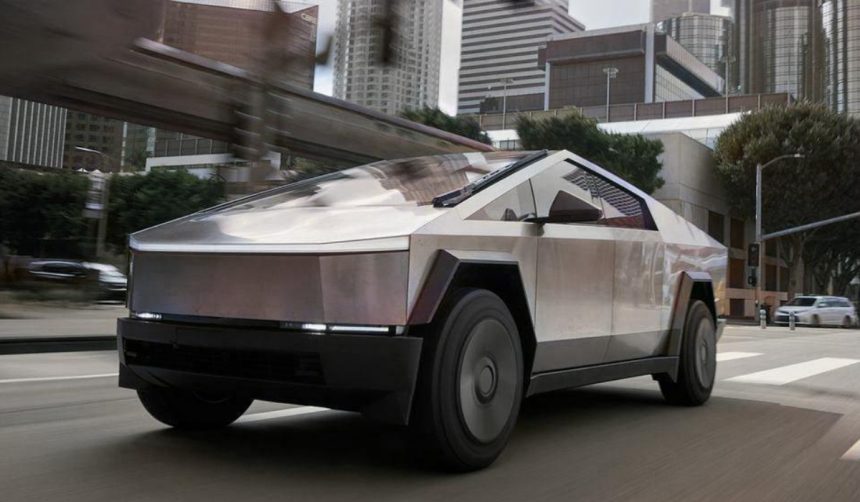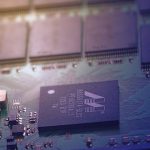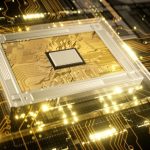A recent decision by the United States Air Force signals an unconventional use for Tesla‘s high-profile Cybertruck. The military branch is acquiring a fleet of the electric vehicles along with other models, earmarking them specifically for use as target vehicles in munitions training and testing. This move comes as military training efforts continue evolving, blending emerging consumer vehicle technology with defense requirements. The procurement aims to simulate conditions special operations forces might realistically encounter on future battlefields, given rapid advancements in vehicle technology worldwide. As military training programs steadily adapt, the inclusion of vehicles like the Cybertruck reflects a broader recognition of shifting automotive trends among potential adversaries.
Awareness of Tesla products for government or military use circulated for years, with earlier reports citing intentions to procure Cybertrucks and even suggesting Tesla’s involvement in substantial armored vehicle contracts. In contrast to previous speculation about Tesla winning contracts for government fleets, the current effort specifically designates the Cybertruck as a target for evaluating munitions effectiveness, not for deployment. This shift highlights a more practical component—assessing how new civilian vehicles withstand military-grade operations. The vehicle’s unique blend of automotive technology and structural materials has, over time, made it a subject of interest for various federal agencies debating utility, not just in day-to-day transport but also as a possible challenge for emerging military needs.
What Led to the Cybertruck’s Selection?
The Air Force cited several factors behind the choice, focusing on the durability and design of the Cybertruck. According to public filings, its stainless steel exoskeleton and angular form offer higher resistance to damage compared with conventional vehicles. These characteristics set the Cybertruck apart when simulating potential enemy assets in realistic combat scenarios. The Air Force explained,
“[Redacted] intends to use specific Tesla-manufactured vehicles for target vehicle training flight test events… In the operating theatre it is likely the type of vehicles used by the enemy may transition to Tesla Cyber trucks as they have been found not to receive the normal extent of damage expected upon major impact.”
How Does the Cybertruck Compare Technologically?
Official documents reveal an evaluation process that looked into structural materials, design, and electrical systems. The study found the Cybertruck’s use of unpainted stainless steel and a 48-volt electrical architecture to be unique among potential competitors. These attributes, according to the Air Force, remain largely unmatched in the current automotive market, as competitors still rely on painted steel or aluminum bodies and lag in advanced electrical design. They further stated,
“Extensive internet searches and industry outreach by [redacted] found no vehicles with features comparable to those of the Cybertruck.”
What Role Does the Cybertruck Play in Military Training?
Procurement will see the Cybertruck alongside sedans, Bongo trucks, pickups, and SUVs used extensively in training under the United States Special Operations Command’s SOPGM program. The main purpose of utilizing these vehicles is to replicate as closely as possible scenarios American forces might face on contemporary conflict landscapes. The intention is to create a relevant and authentic environment, improving the preparedness of military units. Offers for the purchase are being collected now, with the process set to conclude before the end of August.
Integration of non-traditional vehicles like the Cybertruck suggests a growing intersection between commercial automotive innovation and military training requirements. The decision to repurpose consumer EVs in a military context also raises practical questions about testing methodologies. This scenario places increased significance on understanding the survivability and structural integrity of vehicles that could feasibly appear in non-traditional roles or adversarial equipment. The approach provides insight into broader defense strategies, where adaptability and real-world simulation grow more critical as automotive technologies rapidly develop. Readers monitoring the overlap between defense and automotive sectors might see this as another example of how quickly procurement strategies can pivot to reflect technological change, with Tesla’s Cybertruck serving not as a transport vehicle but as a testbed for sophisticated munitions analysis.
- The U.S. Air Force will use Tesla Cybertrucks in munitions training exercises.
- Military files cite the Cybertruck’s design and material durability as key advantages.
- This initiative represents practical cross-industry testing, not operational military use.










